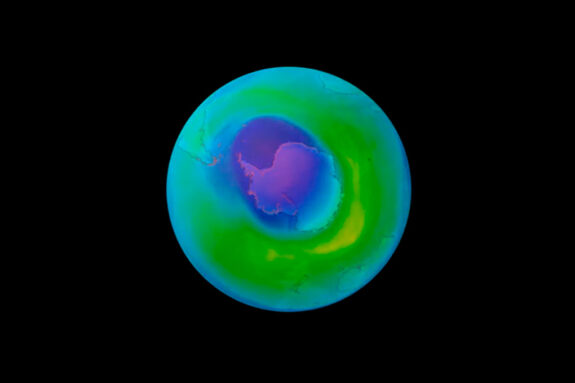New Astrobiology research from MIT finds a way that life could potentially live in the atmosphere of Venus, reported by Air and Space Magazine, Futurism and SyFy. The work lead by the Seager group, describes a microbial life cycle that that could move vertically in the atmosphere, like lava lamp bubbles. Seager told SyFy: “Venus atmosphere life outside liquid droplets is not possible is that free-floating life outside of droplets would rapidly desiccate (by net loss of liquid to the atmosphere) in the very dry atmosphere of Venus,” said MIT astrobiologist Sara Seager, who led a study recently published in Astrobiology. “Specifically, a free-floating cell will lose water until its internal water activity is the same as the vapor pressure of the atmosphere around it.”
She added, “The Venusian sulfuric acid clouds are much more acidic than even the most harshly acidic conditions found on Earth,” Seager said, but added that “Preliminary studies suggest that even in such harsh polyextreme hydrothermal conditions, life can survive and possibly even thrive.”
Story Image: NASA’s Mariner 10 spacecraft captured this view of Venus wrapped in a dense, global cloud layer. (Credit: NASA/JPL-Caltech)



